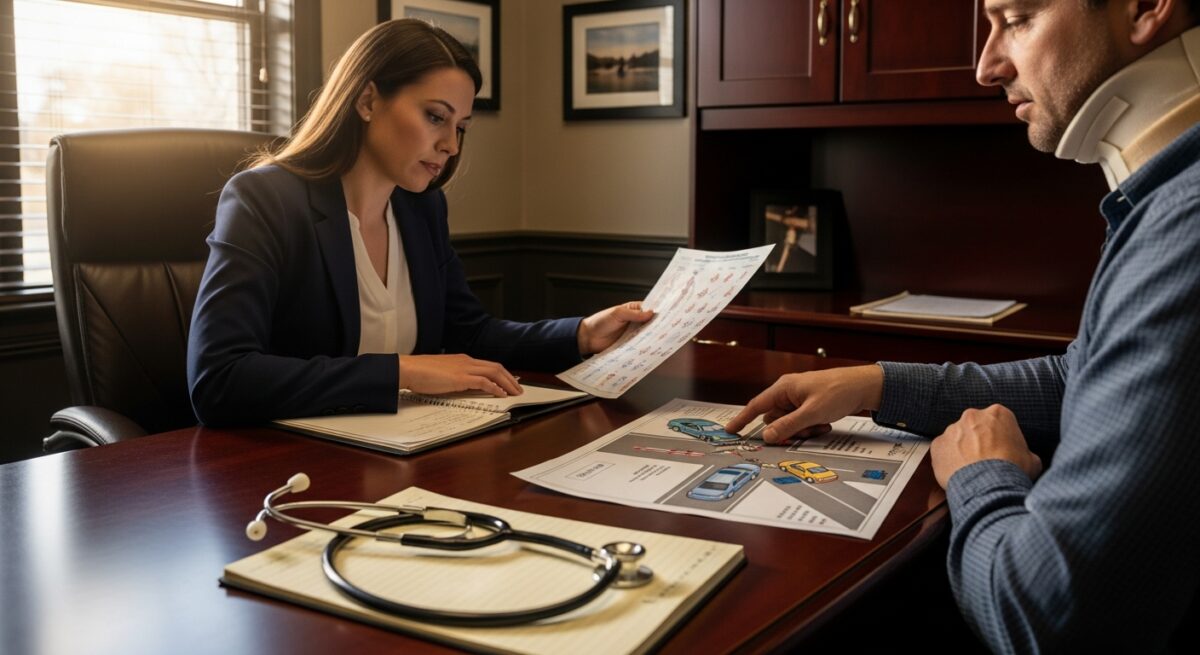Fighting Big Pharma: The NEC Formula Battle
NEC Baby Formula MDL Grows to 632 Filed Claims as of January 2025
Find a Lawyer
Receive the Compensation You Deserve!
FREE No Obligation Consultation – Pay Nothing!
Your Contact Information and Your Claim are Confidential!
You may claim millions of dollars for your pain and suffering. You probably didn’t know you could be owed money for your situation, and it is time to speak up! DON’T LET YOU OR YOUR FAMILY SUFFER in silence. If you have taken any of these, had any of these surgeries, submit your information for a FREE CLAIM REVIEW »
SIGNS & SYMPTOMS
Necrotizing enterocolitis (NEC) presents with a range of symptoms that can develop gradually or appear suddenly in premature infants. The most common signs include abdominal distention, with the belly appearing swollen or bloated. Discoloration of the abdomen, often appearing red, blue, or gray, may be visible. Feeding intolerance is frequently observed, with infants struggling to digest food or experiencing delayed gastric emptying. Bloody stools or changes in stool consistency are typical, sometimes accompanied by diarrhea. Vomiting, particularly of greenish-yellow bile, can occur. Infants may exhibit lethargy, decreased activity, or temperature instability. More severe cases can present with breathing difficulties (apnea), slowed heart rate (bradycardia), or low blood pressure (hypotension). Pain or tenderness when the abdomen is touched is common. As the condition progresses, signs of systemic infection may emerge, potentially leading to septic shock in advanced cases
TAKE ACTION
Necrotizing enterocolitis (NEC) presents with a range of symptoms that can develop gradually or appear suddenly in premature infants. The most common signs include abdominal distention, with the belly appearing swollen or bloated. Discoloration of the abdomen, often appearing red, blue, or gray, may be visible. Feeding intolerance is frequently observed, with infants struggling to digest food or experiencing delayed gastric emptying. Bloody stools or changes in stool consistency are typical, sometimes accompanied by diarrhea. Vomiting, particularly of greenish-yellow bile, can occur. Infants may exhibit lethargy, decreased activity, or temperature instability. More severe cases can present with breathing difficulties (apnea), slowed heart rate (bradycardia), or low blood pressure (hypotension). Pain or tenderness when the abdomen is touched is common. As the condition progresses, signs of systemic infection may emerge, potentially leading to septic shock in advanced cases
LATEST ARTICLES
Miami Motor Vehicle Accident Lawyer: Protecting Your Rights
After a Miami car crash, a specialized lawyer navigates Florida's no-fault laws and fights insurers to secure full compensation for injuries and losses. Protect your rights and financial future.
Motor Vehicle Accident Treatment: Fast Care for Injury Recovery
Navigate the path to recovery after a car crash. Learn about common injuries, multidisciplinary treatment teams, and how proper medical care supports both health and legal claims for motor vehicle accident treatment.
Icd 10 Motor Vehicle Accident Passenger: Common Errors and How to Avoid Them
Learn how accurate ICD-10 codes for motor vehicle accident passenger injuries directly impact your medical treatment and legal compensation. Protect your claim from the start.



